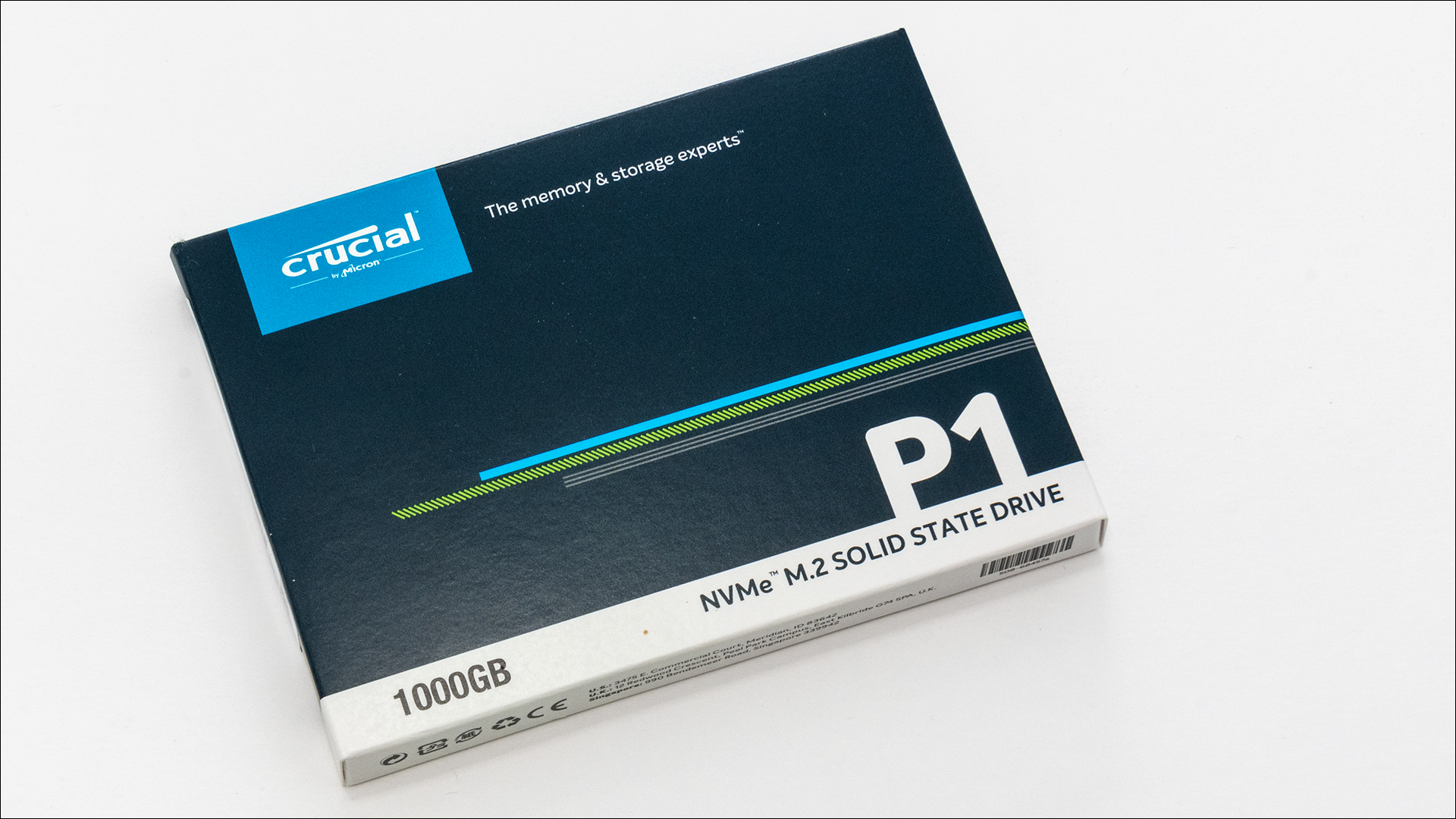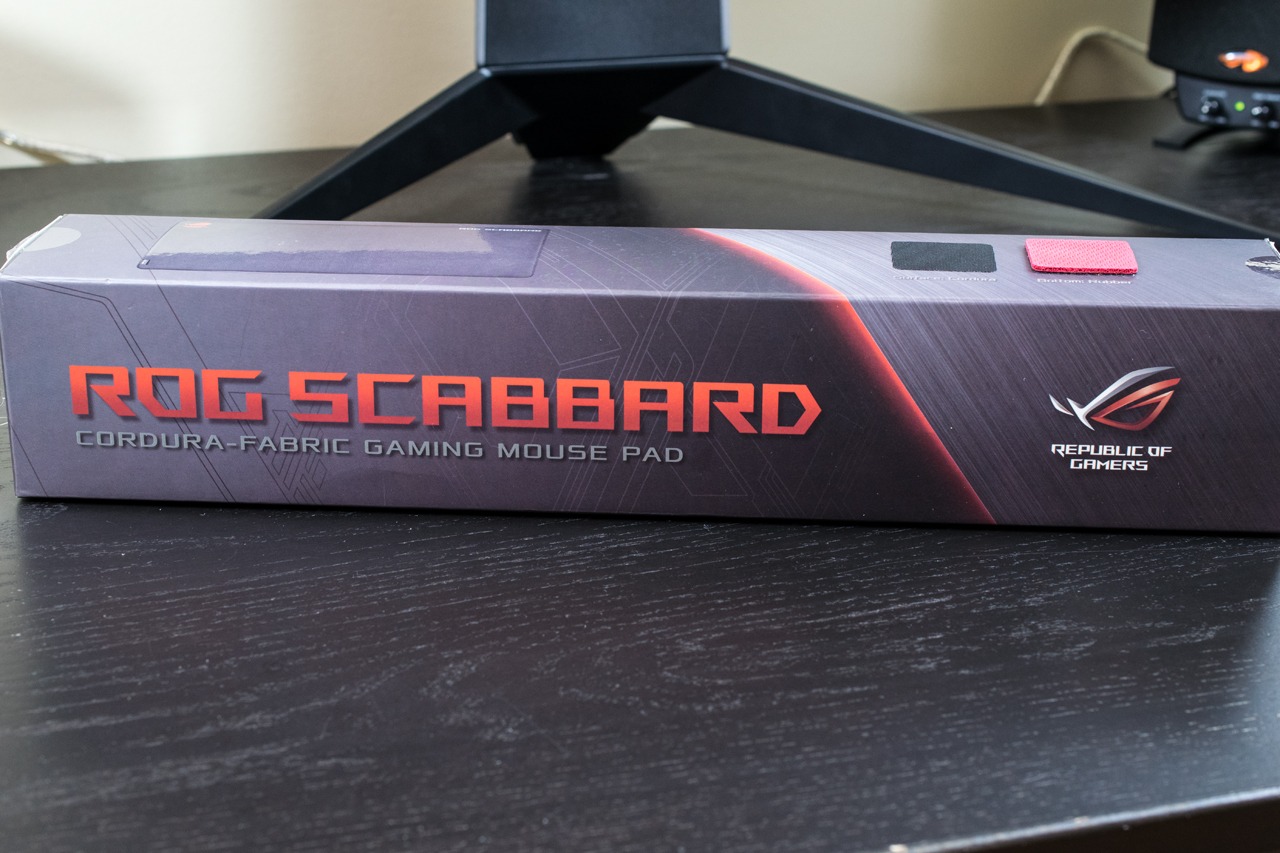
The shipping in container is pretty much classic Crucial that is to say it is nothing like what Crucial uses for the M.2 variants of the MX500 series. Instead of a plastic clamshell the P1 1TB makes uses a cardboard box. Albeit one that is smaller than the SATA 2.5-inch BX and MX series. What this means is that the P1 1TB can survive significantly more blunt force trauma while in transit… and looks rather pretty too.

The list of accessories however a bit of a disappointment compared to the M.2 MX500 series. Basically, the P1 comes with the same Acronis True Image software… but does not come with a M.2 mounting screw like the MX500 M.2 series. We are unsure why Crucial felt the need to remove this accessory, but as all motherboards come with M.2 mounting screws it really does not matter all that much. Curious and puzzling, but not overly concerning.

The P1 1TB itself uses the M.2 2280 ‘S3’ (or ‘single sided’) form-factor. What this means is it is 22mm wide by 80mm long PCB that only has ‘chips’ on one side of the board – the top side to be precise. Of course, as bigger P1 variants come out both sides of the PCB will be used (there is room for more NAND and RAM on the underside) but in the meantime both the smaller 500GB and larger 1TB are rather easy to cool. This is because the typical M.2 slot sits along the length of the motherboard and the ‘bottom’ of the PCB will not get any airflow, only the top half will.
This is a critically important detail, and as we will show later in the review, the P1 series is highly sensitive to temperatures. Some of this sensitivity is built right into the monitoring algorithms of the P1 controller, but some of it is because the label on the P1 series is not being used as a thin heat spreader. What we mean is, is instead of covering a thin copper strip to increase surface area the label is just made from paper. This is sub-optimal as more surface area and more thermal mass means quicker cooling of the NAND and controller. Both of which in turn means quicker performance recovery and reduced chances of throttling due to temperatures.

Unfortunately, with no heat strip the P1 1TB does idle in the 40 degree range when used on an open testbench and temperatures quickly go up from there. So much so that we had to actively cool our sample to keep it from throttling even after only a few moments of stress testing. Needless to say, we pointed a fan at it PDQ. This allowed it to idle in the 30s and thermal limiting become a rarer occurrence. It still happens, but not as quick. Of course, in a normal system internal airflow will help keep temperatures in check better but this series does run hot… so a motherboard with good M.2 cooling (either active via a fan or passive via a big metal heatsink) is highly recommended.

As to the components the Crucial 1TB is using two IMFT 64-layer QLC-NAND ICs that are quad-die. This means there is actually 256 layers of QLC NAND per IC – or a grand total of 512 Layers of NAND for the controller. This NAND is connected to a SMI 2263EN controller that is backstopped by 1GB DDR3 RAM IC. The SMI 2263 is a very interesting choice as this is a four PCIe lane controller that really can not take advantage of four lanes. Instead it is limited to about 2000MB/s performance levels – or similar to older 2 PCIe 3.1 lane controllers. This is most likely due to the temperature issues associated with QLC NAND, and it would be childs play to swap the 2263EN out for 2262 and pair it with MLC/TLC 3D NAND for even higher performance.










